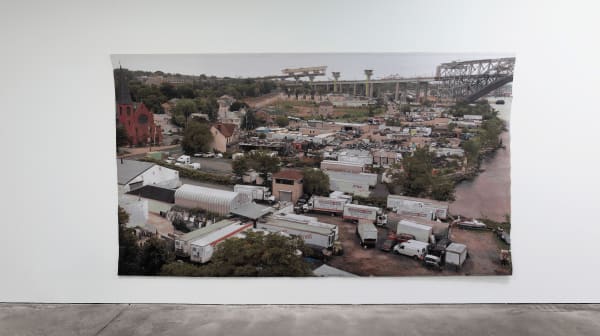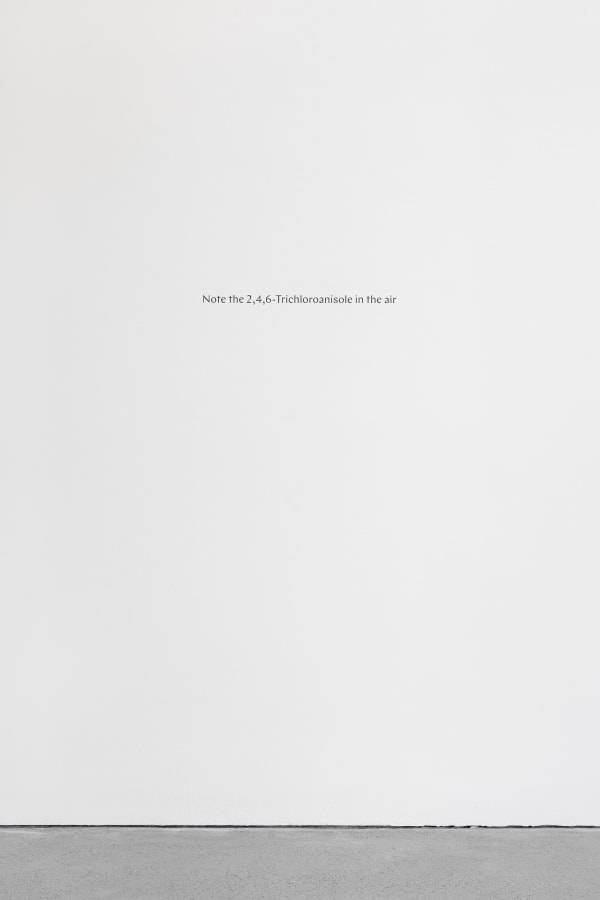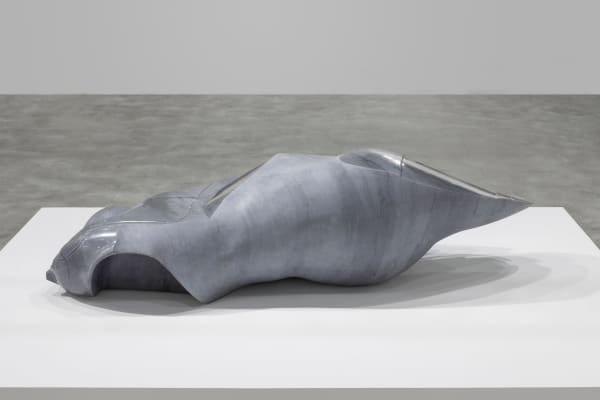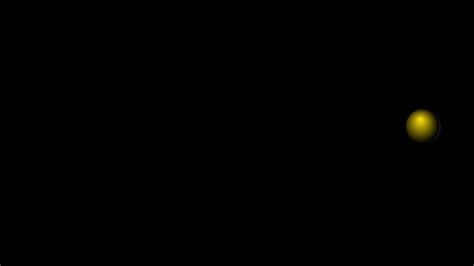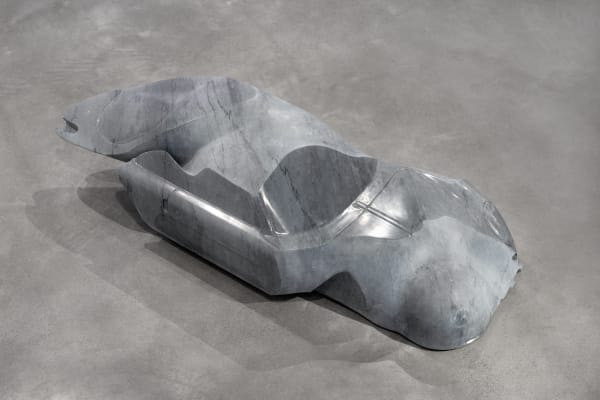HAPTIC FEEDBACK: GROUP SHOW
-
介绍
As the first exhibition in 2020, Galerie Thomas Schulte presents a group exhibition featuring works by nine artists who explore our changing perceptions of reality, identity, and a shift in mental space. Haptic Feedback deals with the changing psychological relationship to physical space and our sense of belonging and touch under the influence of digital technologies. The exhibition was developed in collaboration with the Philadelphia-based artist of the gallery, David Hartt.
The term “haptic feedback” dates back to the late 1990s and was first used by computer game developers who installed haptic technologies within game controllers. These technologies create a tactile experience by applying forces, vibration and movement to the user. Simple versions are for example the vibrating of the phone in response to manual input or the rumbling of the controller during computer games. Today however, haptic feedback is understood more as a form of communication between man and machine than a specific technological application. It involves everything from the creation of a sense of presence to an emotional connection and affects our well-being and how we explore and interact with objects. At a time, when intimacy is increasingly defined by touch screen interactions, the works in the exhibition can be seen as explorations and as the reaffirmation of the importance of haptic feedback in relation to our physical and bodily identity.
JEAN LUC MOULÈNE’s (born 1955 in Reims, France) work Car Girl Paris-Bolzano (2016) shows the absurd fusion of a female body and a car into one, a perverse fulfillment of a Ballardian auto-erotic fantasy. The work is made from a single marble block and gives a physical presence to a collective and cultural imagination, simultaneously utopian and dystopian. According to the artist’s own statement, his objects are post-photographic, that is, they are essentially digitally designed images that only exist as things in a second step. The intersection, their shared space, is determined by the nature of volumes overlapping.
JULIA PHILLIPS (born 1985 in Hamburg, Germany) creates works that are closely related to the body, questioning its social perceptions in the context of gender, race and prevailing power relations. In the exhibition, the artist shows the video Burdened (2018) in which Phillips uses the body and its imprints or touches as artistic medium: “I am in search of a physical language and mechanical metaphors to express non-physical, emotional relationships.”
Die Hütte (2013/2020) by IÑIGO MANGLANO-OVALLE (born 1961 in Madrid, Spain) installed in the gallery’s Corner Space is a cube measuring 3,5 x 3,5 x 3,75 meters, clad in dark cedar wood. The wooden cedar panels were charred using the old Japanese technique “Shou Sugi-Ban.” This process creates a black and silver exterior that is resistant to weathering and rot. Based on Martin Heidegger’s lecture “Building Dwelling Thinking” from the 1950s, the work refers to his hut in the Black Forest as well as to themes such as deforestation and the ecological effects of contemporary culture and our relationship to nature. The cube is both sculpture and architectural intervention, its blackness both impossibly dense and an endlessly extending surface.
The photograph by WALEAD BESHTY (born 1976 in London, UK) featured in the exhibition is both an aesthetic object as well as a repository of information about its own making. The work reflects Beshty’s interest in rendering the process of the creation of the work of art transparent. In his series Cross-Contaminated Inverted RA4 Contact Prints (2014) the artist explores the complexity of creating photograms taken in the darkroom without cameras. The colors, stains, and markings on the surface of the work function as indexical signs within the printing process, with external influences literally co-producing the work.
In his work, MICHAEL MÜLLER (born 1970 in Ingelheim am Rhein, Germany) repeatedly and in various media deals with the topics of tactility, body and artistic production. The video work Mach dich selbst (Do It Yourself) (2015) shows the artist’s hands, which alternately gently model each other like objects. One hand forms the other, only to become a living sculpture in itself. The hand that touches is being touched. Subject and object become interchangeable.In his mixed-media work and live performances, WILMER WILSON IV (born 1989 in Richmond, USA) investigates representations of blackness in public space—more specifically the treatment of black bodies as objects of labor or desire, as well as the ever-present threat of violence. As part of the exhibition the artist shows two works from a project he began for the New Museum in New York in 2018, RID UM and Untitled (25$). For these works, the artist gathered fliers and posters which he found in the streets stapled to scaffoldings and telephone poles. Wilson enlarges the photographic images and mounts them on plywood panels using thousands of staples that form an opaque film or skin that covers and conceals the images, protecting the subjects while also locking them in—an act simultaneously violent and caring.
Negative Space (2019) is a five meter-wide jacquard tapestry by DAVID HARTT (born 1967 in Montréal, Canada). The work was produced from a digital video still. In 2017, Hartt had travelled from Boston to Atlanta capturing the territory—also known as the Northeast megalopolis—using a drone camera. Hartt’s portrait of the landscape shows an extreme concentration of wealth and power on the one hand and the displacement of industry and the emergent precarity of environmental catastrophe on the other. Translating the high-end digital photograph into the ancient medium of tapestry, Hartt evokes the beginnings of the industrial age, when automatic looms began to replace the human work force. Unlike a photographic surface, that of the tapestry is densely present and its rhetoric is not first of all concerned with the evanescence of light, but with the physical surface—with the skin of things.
CAROLYN LAZARD (born 1987 in Upland, USA) lives with a chronic illness and uses their experience to examine concepts of intimacy and the labor of living involved with chronic diseases. Their video Consensual Healing (2018) takes the shape of a kind of fictional therapy session, in which two disembodied voices take center stage, while the screen for most of the video remains black. The conversation between the two nameless individuals—one a therapist and hypnotist, the other the narrating subject—is underscored by a mesmerizing electronic soundtrack and addresses various themes including memory and trauma, shame, co-dependency and “the weird and complicated decisions people make to survive.“ The narrative is inspired by Octavia Butler’s science fiction short story Bloodchild from 1995.
MARIA LOBODA (born 1979 in Krakow, Poland) with her short instructive wall texts spread across the exhibition space draws visitors’ attention to various chemical components, traces of which may be found in the atmosphere filling the exhibition space: While β-myrcene is a component of the essential oil of various plants, including cannabis, lemon grass and Verbena, 2,4,6-Trichloroanisole causes an unpleasant musky smell and is often found around packaging materials treated with fungicides. Thiomethanol occurs in the blood and brain of humans and animals, as well as in plant tissues, but it is also found in certain foods, such as nuts and cheese and is responsible for bad breath and the smell of farts. 3,7-dimethyl-1,6-octadien-3-ol causes a floral almost spicy odor. It is produced by over 200 species of plants, including birch trees and cinnamon. Asking viewers to project their olfactory memory, Loboda delineates an invisible, mental space.
-
作品
-
安装图示
-
Inquire about the exhibition

-
视频
-
参展艺术家

